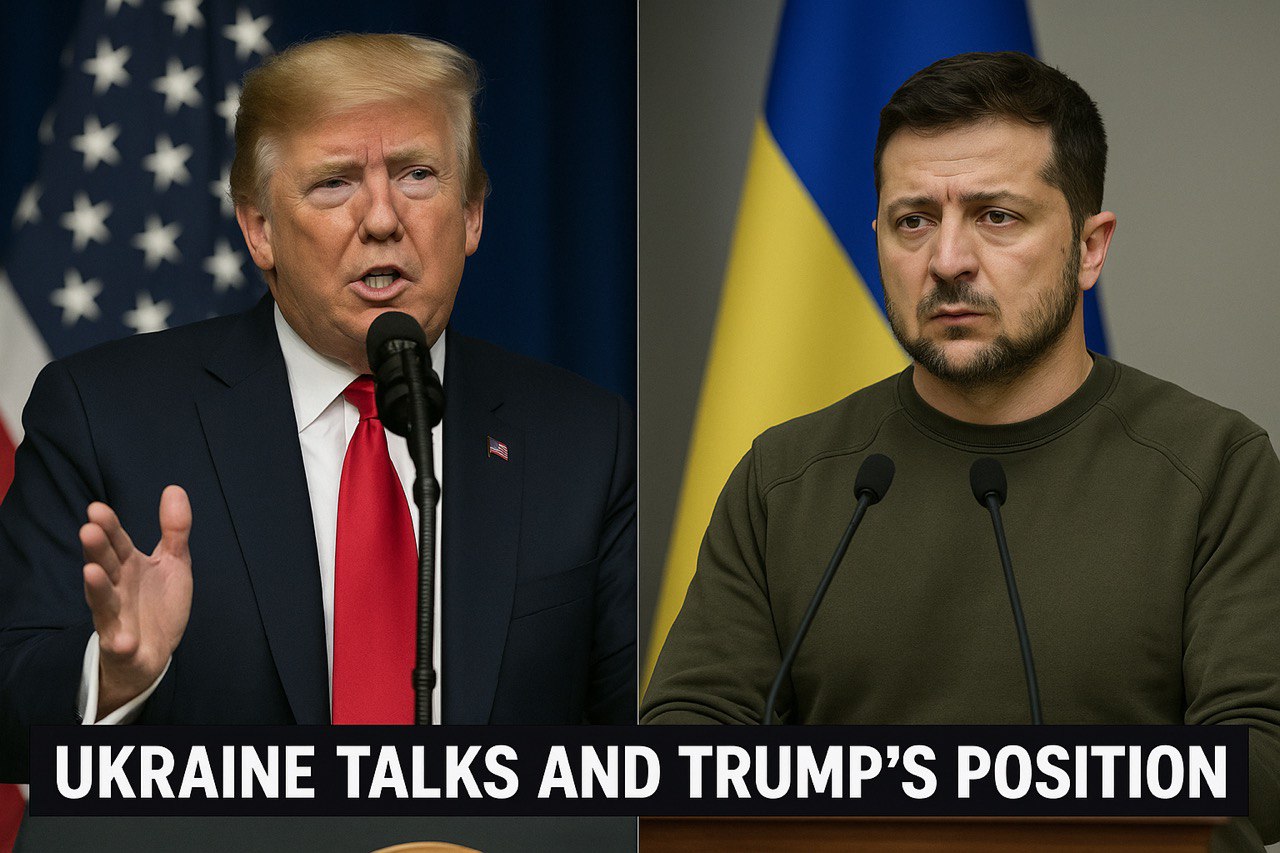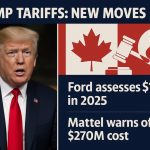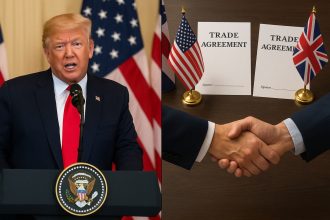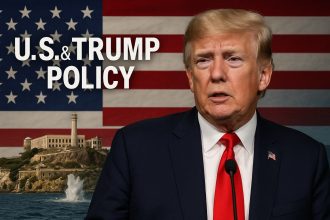The Ukraine conflict, intensified by Russia’s 2014 annexation of Crimea and full-scale invasion in 2022, has caused significant loss and destruction. As of May 5, 2025, the war continues, with both sides suffering heavy casualties despite international sanctions and support for Ukraine. Recently, President Donald Trump has positioned himself as a mediator, proposing a peace plan that would freeze the conflict along current front lines, effectively allowing Russia to retain occupied territories. This proposal, detailed in recent reports like The New York Times article on Ukraine cease-fire talks, has met strong resistance from Ukrainian leadership, who view it as a betrayal of sovereignty.
Trump’s Stance and Statements
Trump’s approach is characterized by a desire for a quick resolution, as evidenced by his public statements and social media activity. He has argued that Crimea will remain under Russian control, a position aligning with Russia’s claims, as noted in NPR’s coverage of Trump’s remarks. In an X post, Trump criticized Zelenskyy for not signing a “Rare Earths Deal” with the U.S., linking peace negotiations to economic benefits. He has also called the conflict a “field of death,” accusing Zelenskyy of prolonging it for personal gain, a narrative supported by The Atlantic’s analysis of Trump’s plan.
Ukraine’s Firm Rejection
Ukrainian President Volodymyr Zelenskyy has firmly rejected Trump’s proposal, emphasizing in a press conference that Ukraine will not cede land or recognize occupied territories. This stance is rooted in the principle of territorial integrity. The Ukrainian government, through its Foreign Ministry, has expressed disappointment with U.S. pressure, seeing it as rewarding aggression. This rejection has led to a deadlock, with Ukraine insisting on a deal that respects its sovereignty.
International Reactions and Divisions
The international community is split, as detailed in Lowy Institute’s feature on Trump and Ukraine. European leaders like French President Emmanuel Macron have voiced concerns, stating that conceding territory would undermine global security, as reported in The New York Times article. Conversely, Hungarian Prime Minister Viktor Orbán has supported Trump’s initiative, seeing it as a path to peace, according to NPR’s coverage. This division reflects broader geopolitical tensions, with NATO stability and transatlantic relations at risk.
Analysis of Implications
Trump’s proposal marks a shift in U.S. foreign policy, leaning towards appeasement of Russia, contrasting with previous administrations’ support for Ukraine’s defense. If accepted, it could lead to a permanent division of Ukraine, altering Eastern Europe’s power balance. The economic linkage, particularly around rare earth minerals, suggests motives beyond peace, potentially setting a precedent for future negotiations where territory is traded for resources. This approach could damage U.S. credibility, especially among allies reliant on American support.
Domestically, Trump’s push may appeal to his base skeptical of foreign interventions, fulfilling campaign promises, but it risks alienating international partners. The potential retreat from NATO commitments, as discussed in Lowy Institute’s analysis, could embolden Russia, threatening European security.
Amid these tensions, notes the rise of trading platforms like PocketOption, offering individuals ways to engage with global markets during uncertainty.
The path to peace in Ukraine remains challenging, with Trump’s proposal adding complexity. As negotiations continue, the world hopes for a resolution respecting Ukraine’s sovereignty while minimizing further loss.





